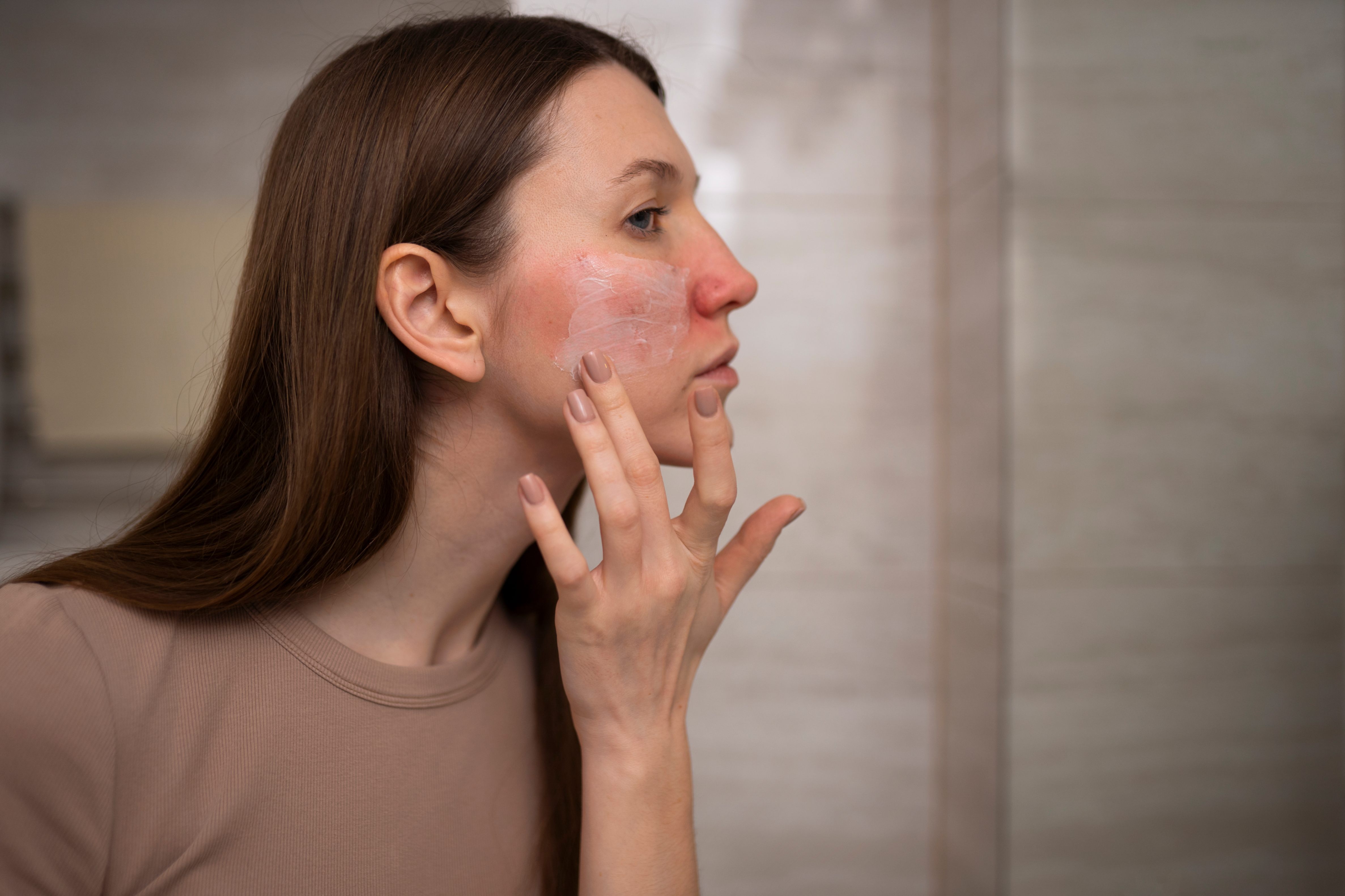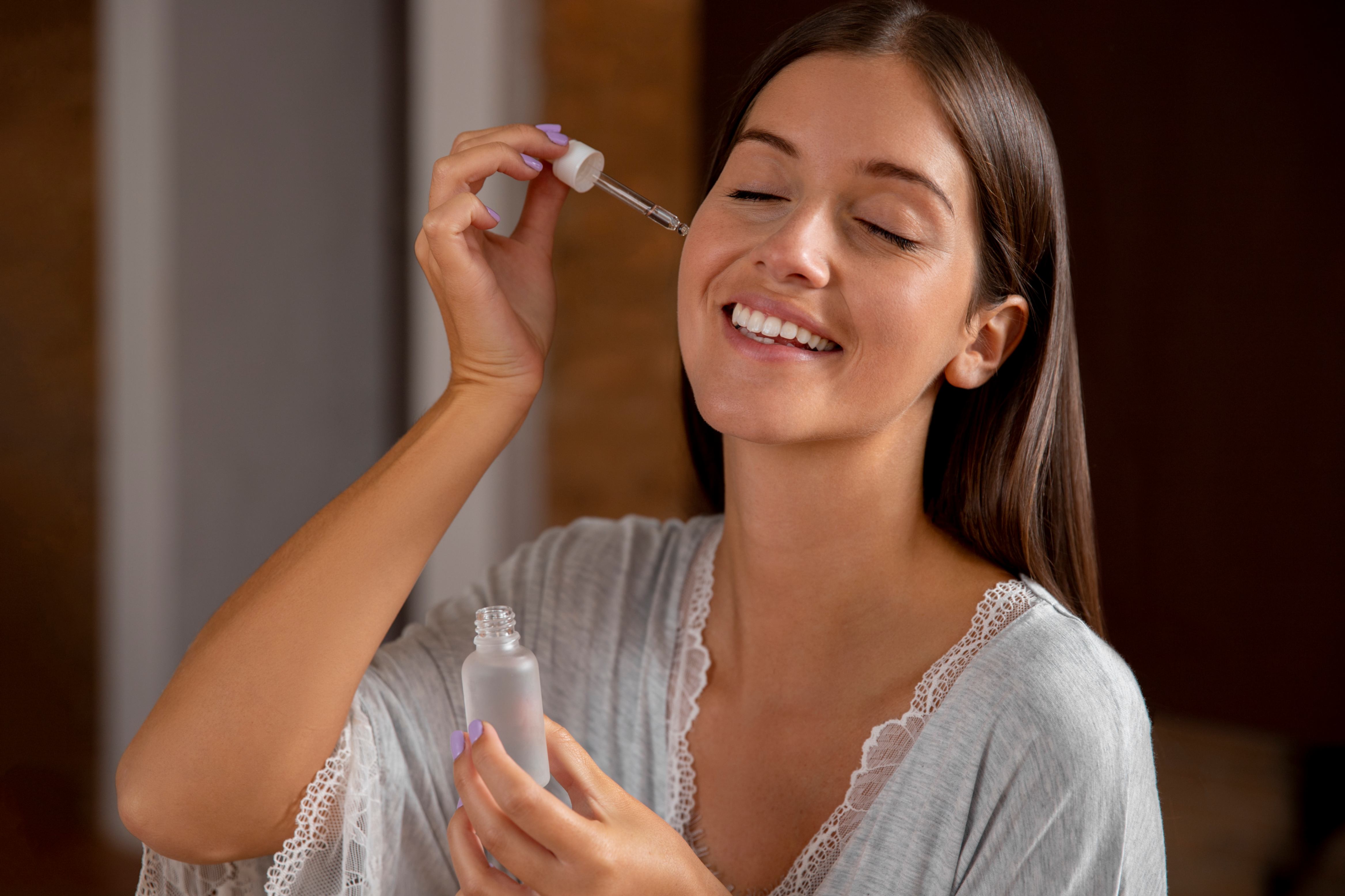
A Guide to Patch Testing at Harrods Global
Share
Understanding Cosmetic Allergen Testing and Its Importance
Cosmetic allergen testing is a critical step in developing safe and trustworthy skincare products. Its primary goal is to identify ingredients that could cause adverse skin reactions, such as allergic contact dermatitis, especially for consumers with sensitive skin. Without proper testing, your brand risks causing discomfort to customers and damaging its reputation.
By implementing thorough testing protocols, you can confidently market your products as safe and effective. This proactive approach not only protects your customers but also builds a loyal following. Next, we will explore the specific allergens to watch for, the different types of skin reactions, and the safety protocols that govern the industry.
Common Allergens Found in Cosmetic Products
Some of the most common allergens include:
Fragrance components
Preservatives (formaldehyde, parabens, methylisothiazolinone)
Paraphenylenediamine (PPD) in hair dyes
Lanolin (wool alcohol)
Certain sunscreen chemicals
Skin Irritation vs. Allergen Testing in Cosmetics

It is crucial to distinguish between skin irritation and a true allergy, as they involve different biological responses. Irritant contact dermatitis is a direct reaction to a harsh substance and does not involve the immune system. It can happen to anyone and usually appears as redness, itching, or a rash shortly after exposure. This accounts for about 80% of all contact dermatitis cases.
On the other hand, allergic contact dermatitis is an immune system response. It occurs when your body becomes sensitized to a specific substance. After re-exposure, your immune system triggers an inflammatory reaction that can take 12 to 48 hours to appear. This is a delayed-type hypersensitivity, and the reaction can be more severe, involving swelling and intense itching.
Understanding this difference is vital for accurate testing and product formulation. Allergen testing, like patch testing, is specifically designed to identify these delayed immune responses.
|
Reaction Type |
Onset |
Mechanism |
Common Cause |
|---|---|---|---|
|
Irritant Contact Dermatitis |
Minutes to hours |
Direct damage to the skin |
Harsh chemicals, soaps, solvents |
|
Allergic Contact Dermatitis |
12-48 hours after exposure |
Delayed immune system response |
Fragrances, preservatives, PPD |
What Is Patch Testing? The Foundation of Hypoallergenic Claims
So, what exactly is patch testing? It is the definitive diagnostic tool for identifying the specific substances that cause allergic contact dermatitis. This method serves as the scientific backbone for any "hypoallergenic" or "for sensitive skin" claim. By systematically testing individual ingredients on the skin, you can verify that your cosmetic products are free from common allergens.
For a cosmetic brand, investing in patch testing is an investment in product safety and credibility. It provides the evidence needed to assure consumers that your products have been rigorously evaluated for their potential to cause a cosmetic allergy. This careful validation is essential for earning the trust of today's discerning shoppers.
How Patch Tests Work for Detecting Allergens
Patch tests are designed to detect delayed allergic reactions. The process involves applying small amounts of potential allergens onto a person's back using adhesive patches. These patches remain in place for approximately 48 hours, during which the individual must keep the area dry. The test is not painful, though some itching may occur if a reaction develops.
After the initial 48 hours, a dermatologist or trained technician removes the patches and performs the first reading, looking for any skin reactions like redness, swelling, or blistering. A second reading is typically done 24 to 48 hours later (day 4 or 5) because some reactions take longer to develop. The intensity of the reaction helps pinpoint which specific ingredient triggered the immune system response.
This methodical approach allows for precise identification of the culprit, regardless of skin types. The test results provide clear, actionable data that informs product formulation and ensures the safety of the end-user.
Patch Testing Procedures for Cosmetic Brand Owners
Key steps for brands include:
Screening raw materials against known allergen lists.
Patch testing the final formulation on human volunteers under dermatological control.
Using ROATs for leave-on products or those with low-concentration allergens.
Documenting all test results to support safety assessments and cosmetic labelling claims.
Differentiating Patch Tests from Other Skin Sensitivity Tests
It's important not to confuse patch testing with other types of skin tests. While patch tests are the gold standard for diagnosing delayed allergic contact dermatitis, other tests identify different kinds of reactions. For example, prick testing is used to diagnose immediate-type reactions, such as contact urticaria (hives) or hay fever. In a prick test, a tiny amount of an allergen is introduced into the top layer of the skin, and results are read within 15-20 minutes.
Patch testing, in contrast, looks for reactions that take days to appear. The delayed nature of the reading is what makes it uniquely suited for identifying sensitizers common in cosmetics. Interpreting the test results correctly helps differentiate between an irritant reaction, which is non-allergic, and a true allergic response.
By understanding these distinctions, you can ensure you are using the right test for the right purpose. This precision is essential for accurately assessing the safety of your cosmetic products and making valid claims.
Harrods Global’s Approach to Cosmetic Safety Protocols
At Harrods Global, cosmetic safety is paramount. We understand that building consumer trust starts with a transparent and rigorous approach to product validation. Our comprehensive safety protocols are designed to identify potential allergens and ensure that every product we test meets the highest industry standards. This commitment helps brands like yours launch products with confidence.
Our process is built on a foundation of scientific expertise and regulatory compliance. We utilize state-of-the-art patch testing methods to detect and address any risk of cosmetic allergy before a product reaches the market. Learn more about the specific steps we take, the regulations we follow, and our collaboration with experts.
Steps Involved in Harrods Global’s Patch Testing
The steps involved are:
Application of patches containing test materials.
Removal of patches after 48 hours for the first reading.
A final reading at day 4 or 5 to identify delayed reactions.
Professional evaluation of test results by a dermatologist to guide cosmetic labelling and safety assessments.
Guidelines and Regulations Shaping Their Testing Processes
The testing processes at Harrods Global are shaped by a complex landscape of international guidelines and regulations. We strictly adhere to the standards set by major regulatory bodies, including the European Commission and the FDA in the United States. These authorities provide a framework for product safety, ingredient restrictions, and testing methodologies that are recognized globally.
In the United Kingdom, cosmetic safety is governed by regulations that mirror those of the EU, ensuring a consistent high standard. Our patch testing protocols are designed to meet or exceed these requirements, providing you with data that is compliant and defensible across major markets. This commitment to regulatory alignment protects your brand and facilitates international distribution.
By staying current with evolving regulations, Harrods Global ensures that your cosmetic products are tested against the latest safety benchmarks. This diligence is fundamental to creating products that consumers can use with confidence.
Collaboration with Dermatologists and Scientific Experts
Effective patch testing is more than just applying patches; it requires deep expertise to interpret the results accurately. That is why Harrods Global collaborates closely with a team of board-certified dermatologists and scientific experts. This partnership is at the core of our commitment to delivering trustworthy and precise cosmetic allergy assessments.
Our dermatologists oversee every stage of the patch testing process, from study design to the final analysis of skin reactions. Their clinical experience is invaluable in distinguishing between a true allergic reaction and simple irritation, a nuance that can significantly impact your product's formulation and labelling. This expert oversight ensures the integrity of the test results.
Working with scientific experts allows us to stay at the forefront of cosmetic science and toxicology. This collaboration ensures that our testing methods are based on the latest research, providing your brand with the most reliable and up-to-date safety validation available.
Ensuring Consumer Trust Through Robust Patch Testing
In a competitive market, consumer trust is your most valuable asset. Robust patch testing is a powerful way to build and maintain that trust. When you can demonstrate that your products have undergone rigorous evaluation for potential allergens, you send a clear message: you care about your customers' well-being, especially those with sensitive skin.
This commitment to product safety sets your brand apart and fosters loyalty. Consumers are more likely to choose and recommend products from brands that are transparent about their safety protocols. By investing in thorough cosmetic allergy testing, you're not just ensuring compliance—you're building a reputation for quality and care.
How Cosmetic Allergen Testing Ensures Product Safety
Identify and eliminate sensitizing ingredients from formulations.
Reduce the likelihood of adverse consumer reactions and complaints.
Provide a safer experience for all users, including those with pre-existing skin conditions.
Communicating Hypoallergenic Claims to Consumers
Once your product successfully passes patch testing, you have a powerful marketing tool at your disposal. You can confidently make "hypoallergenic," "dermatologist-tested," or "allergy-tested" claims on your packaging and in your advertising. However, it's crucial to communicate these claims responsibly. The term "hypoallergenic" means the product is less likely to cause an allergic reaction, not that it's impossible.
Effective communication involves clear and transparent cosmetic labelling. Highlighting that your product was validated through patch testing can be a compelling message for consumers with sensitive skin. This reassures them that you have taken extra steps to ensure the product's mildness and safety.
Remember to be specific about what your claims mean. For instance, stating "formulated without common allergens" or "patch-tested on sensitive skin" provides more tangible information than a generic claim. This level of detail builds credibility and helps consumers make informed purchasing decisions, strengthening their trust in your brand.
Identifying Safe Cosmetic Products on the Market
To help your customers choose wisely, you can:
Educate them on reading and understanding ingredient lists.
Explain the meaning behind different safety claims.
Recommend performing a small patch test at home (e.g., on the inside of your elbow) before using a new product extensively.
Provide clear information about the allergen testing your products have undergone.
Frequently Asked Questions
Are dermatologist-approved cosmetic products less likely to have allergens?
While "dermatologist-approved" suggests a product is formulated to be gentle, it's not a regulated term or a guarantee against allergic reactions. These cosmetic products are often milder, but patch testing remains the only definitive way to confirm if a product is free from common allergens that could cause a reaction.
What should someone do if they experience an allergic reaction to a cosmetic product?
If you experience an allergic reaction, stop using the product immediately. For mild symptoms, a bland emollient may help. If the reaction is severe, persistent, or involves swelling, consult a healthcare provider. Patch testing can later help identify the specific ingredient causing the cosmetic allergy for future avoidance.
How can consumers identify if a cosmetic product has undergone allergen testing?
Consumers can look for claims on the cosmetic labelling such as "hypoallergenic," "allergy-tested," or "dermatologist-tested." While not standardized, these terms indicate the brand has considered product safety for sensitive skin. Reading the ingredient list to avoid known allergens is also a crucial step in ensuring product safety.

